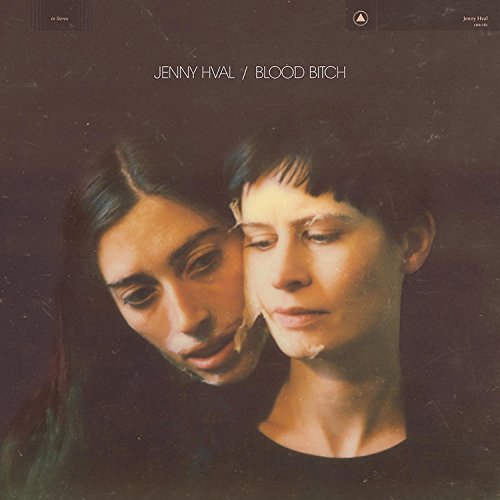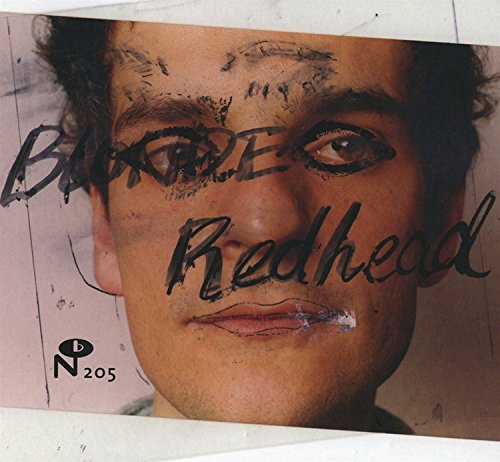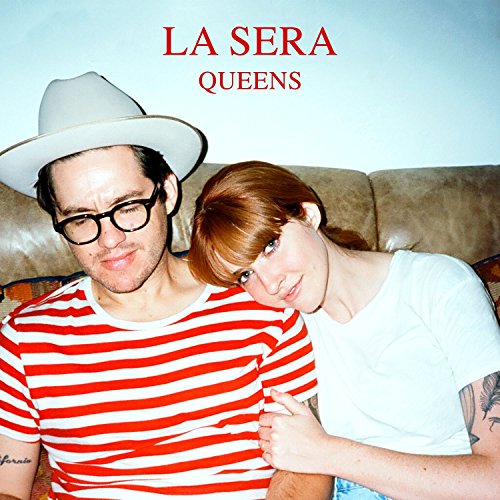What the pop papers say: The last NME
Yesterday, Conor McNicholas, former NME editor, Instagrammed a photo of the last-ever NME (paid version) with the words "I'm holding a piece of history".
If even a former editor didn't exactly bother rushing out to get it when it hit the newsstands, you're looking at a piece of history that somehow struggled to write itself.
So what do we get for the extra quid on the cover price? It's a bumper edition - 132 pages, although 50 of those pages are reproductions of the greatest covers (or the "greatest" covers). And I say reproductions, but the older covers - at a guess, the ones which predate digital production on the magazine - look really shit. I can't work out if they're supposed to be artfully distressed, or if they're just distressed. On a few, you can even make out the adverts on page two peeking through. Even covers which have been reproduced elsewhere, in better quality, like the Shaun Ryder on the giant E one, have turned up for closedown looking like they've been scanned for a school project.
What else is there? A history of the magazine spends longer on the punk years than the interesting bit in the middle. The hip-hop wars get a mention - and the 1988 "Greatest Rock & Roll Band In The World" Public Enemy cover is neatly tied to Kanye's Glastonbury pronouncement of his "greatest living rock star" status, but curiously Barry Nicolson declares "the hip-hop warriors eventually won". A strange victory, as Kanye aside, there's not been any other hip hop act (or even hip-hop-ish) on the cover of the NME since Skrillex over a year earlier. If hip hop won - and that's not an unfair suggestion - then the NME was very much the warrior who didn't hear the war was at an end; fighting on deep in the jungle. Fighting on against those deeply into jungle.
This bit's odd, too:
Indie remained the paper's bread and butter, however, and a series of questionable laet-80s cover stars (Cilla Black, anyone?) hinted at a scene in the doldrumsThe impression here is that somehow indie was in such a parlous state by the end of the 80s that Cilla Black was an indie hero.
Let's just unwind this a moment. The Black cover was the front of an issue about TV (Victoria Wood and Dennis Potter also featured in that edition; at the time, Cilla Black was the biggest thing on TV. And this issue looking at TV was part of the era when NME used music as an entry point into writing about the wider culture - this was the week after the famous Youth Suicide all-black cover.
More importantly, while the 80s NME covered indie well, it's a myth to say that indie was the paper's bread and butter. It might have been the margarine, but the main features around this time were as likely to be the Eurythmics or Suzanne Vega as The Wedding Present or The Smiths. In fact, the run of really indie covers (when Smiths and Mark E Smith and Pop Will Eat Itself) had yet to happen when the Cilla Black front page was published.
And it's the date that's really important - because Cilla Black on the front of the NME happened in 1986. 1986. The point where C86 came out - which Nicholson describes just a few paragraphs before as helping "define and contextualise [the] scene". The scene which, we're supposed to believe, was in the doldrums. I know times were tough in the mid 80s, but nobody was ever going to send away for a tape which gathered together the last farts of a dying scene.
The thing is, there's no shortage of actual covers which could have been used to make a similar point - early in 1990, the paper was reduced to painting a world map on a bald writer's head to do a front page.
Barry ends his piece like this:
We approach the future cognisant of the most valuable lesson learned from our past: that music doesn't stand still, and we can't afford to, either.Well, Time Magazines (formerly IPC) clearly couldn't afford to stand still.
Otherwise, there's a rummage in the archives - a welcome outpouring of love for Swells and Peter Robinson; some features get re-run; as do some live photos. Really oddly for a paper who insists even its reboot is going to be about music, though, the live photos come with only a couple of lines from the original review, and there's no space at all for any reprints of record reviews. Some bits of Thrills are republished, although the introduction is wrong (it was only satrical and made-up for half its life; initially it was straight-faced short items and featurettes - a look back at page 16 shows this because there's Thrills covering the Pistols on the Grundy show) and the reproduction of the cutting so poor you just have to take the captions' word for it that they were funny.
And a chilling statistic: Oasis in their various incarnations have appeared on the cover 78 times. Bowie has only managed 32 (he held the record for a bloody long time, too.) You could argue that Oasis sell papers, but the downward line on the circulation graph would argue they don't.
What does it amount to, then? As a summation of a 63 year history, it's okay - it's effectively the 60th anniversary edition they seemed too embarrassed to produce. They're still treating Lana Del Ray as a big deal, although the rest of the world seems to have moved on. But it's mostly a big thick line. Running through the pages is a signal that this isn't going to be relaunch like Time Out or the Evening Standard - dropping the cover price, reworking the title, but remaining as close as possible to the old model. This feels more like its going to be that time Zig Zag merged with One Two Testing, and tried to start from scratch while keeping the old audiences.
Still, if it means a few fewer Oasis covers, it won't be all bad.
The NME has fallen silent. Next month, who knows what will rise in its place?









1 comment:
There's always something depressing and reactionary about people saying "anyone?" as that sort of universal pejorative, isn't there? The imaginary chorus of approval that any expression of populism automatically needs, even if (as is often the case) it doesn't actually exist.
Seeing how the TV issue coincided with the transmission of The Singing Detective, you can hardly say that Potter was an irrelevant figure to include, even if you were a latterday NME hack. The interesting thing in retrospect about the Cilla cover feature is that it very much looks forward to the deregulation of broadcasting and the overturning of Reithianism *from the perspective of the Left*, a very Liverpudlian thing to do (yes, John McCready wrote it) - this at a time when Douglas Hurd was still insisting that satellite television could be contained within a public service framework, even as Gerald Kaufman and the hardline Thatcherites alike were laughing at him.
Post a Comment
As a general rule, posts will only be deleted if they reek of spam.